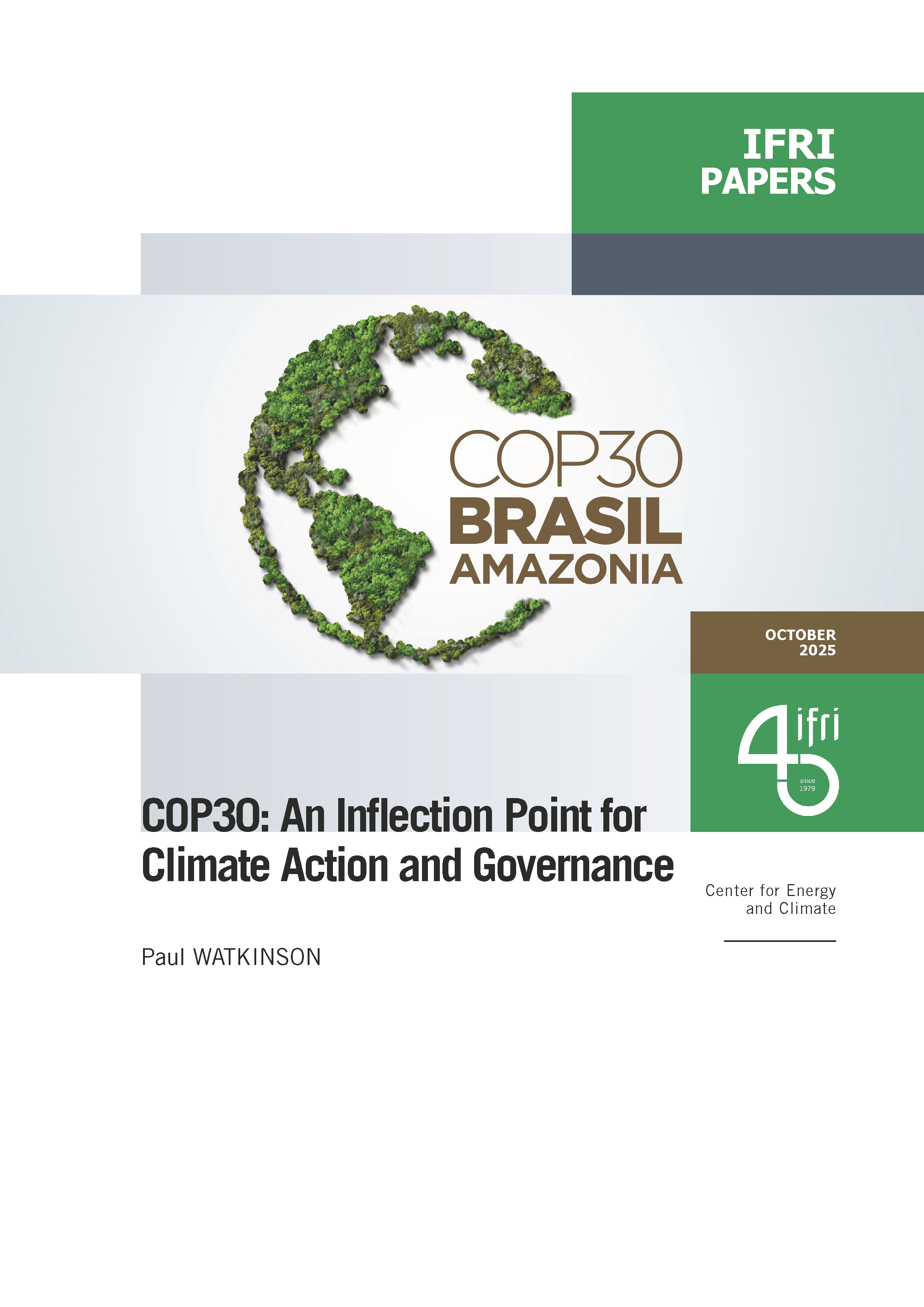10th Pacific Islands Leaders Meeting: 5 things to know
Pacific leaders will gather in Tokyo for the 10th Pacific Islands Leaders Meeting (PALM10) from Tuesday to Thursday.

Pacific leaders will gather in Tokyo for the 10th Pacific Islands Leaders Meeting (PALM10) from Tuesday to Thursday. Climate change, fisheries and commitments to support development from the host nation will be among Pacific island countries' interests, along with concerns about the release of treated wastewater from the disabled Fukushima nuclear plant.
Japan is seeking increased buy-in for its Free and Open Indo-Pacific vision, as China increases its footprint in the region. Tokyo has recently moved to boost its security and defense ties with its Pacific neighbors.
Here are five things to know about the meeting:
What is PALM?
The Pacific Islands Leaders Meeting is a central plank of Japan's diplomacy with the countries and territories of the region. First held in Tokyo in 1997, the summit-level meeting takes place every three years.
The 2021 PALM was conducted virtually due to the COVID-19 pandemic. Starting Tuesday, representatives from the 18 members of Pacific Islands Forum will meet with Japanese Prime Minister Fumio Kishida and other officials for three days of talks, culminating with the official summit on Thursday and the release of a leaders declaration.
The 2021 declaration spoke of cooperation based on liberal values such as "freedom and democracy," with then-Prime Minister Yoshihide Suga saying Tokyo's efforts in the region would be based on the Free and Open Indo-Pacific vision, a broad foreign policy doctrine seen by some experts as outlining Japan's efforts to counter China's rise.
What are Japan's interests in the Pacific?
Japan imports nearly all of its energy and relies on shipments of fuel and minerals that traverse sea lanes in the Pacific. The region's fisheries are also of high importance. Nearly 45% of the tuna and bonito consumed or processed in Japan is sourced from Pacific Islands' exclusive economic zones, according to research by Celine Pajon, an expert on Japan's foreign and defense policy. Tokyo has long supported efforts to combat illegal fishing.
Pacific island countries also form an important voting bloc in the United Nations, Pajon notes. Like Australia and the U.S., Japan has been ramping up its engagement in the Pacific in recent years in response to China's increasing influence.
In 2019 Taro Kono became the first sitting foreign minister in three decades to visit the region. In the subsequent years, Japan's top diplomats have made regular visits, while missions have been opened in Kiribati and New Caledonia. Defense and security ties have been stepped up, including port calls. Last year, Japan provided patrol boats to Fiji's navy under its Official Security Assistance program, positing that the recipient was a "key player in regional security" and improved monitoring and surveillance capabilities were becoming "more and more important."
What are the priorities of Pacific Island countries?
While each Pacific island country and territory faces unique issues, climate change poses the greatest security threat to the region, where sea levels are already rising.
[...]
How has PALM changed?
Since 2018, the nature of PALM has changed, taking on a greater strategic dimension, Pajon wrote in an analysis of Japan's relationship with countries in the Pacific.
A significant change, she noted, was Japan's decision to drop specific aid targets, announcements of which were once a staple of PALM. Instead, Japan, seeking to differentiate itself from China, has promoted its "quality infrastructure" concept.
More broadly, the country has moved from a "fragmented" and "low-priority" approach to multidimensional and strategic engagement in the region, Pajon writes. However, the success of the strategy "remains to be seen." PALM is a forum to "iron out tensions," such as concerns over nuclear issues, she added.
> Read the entire article on the Nikkei Asian Review website.

Media:
Share






